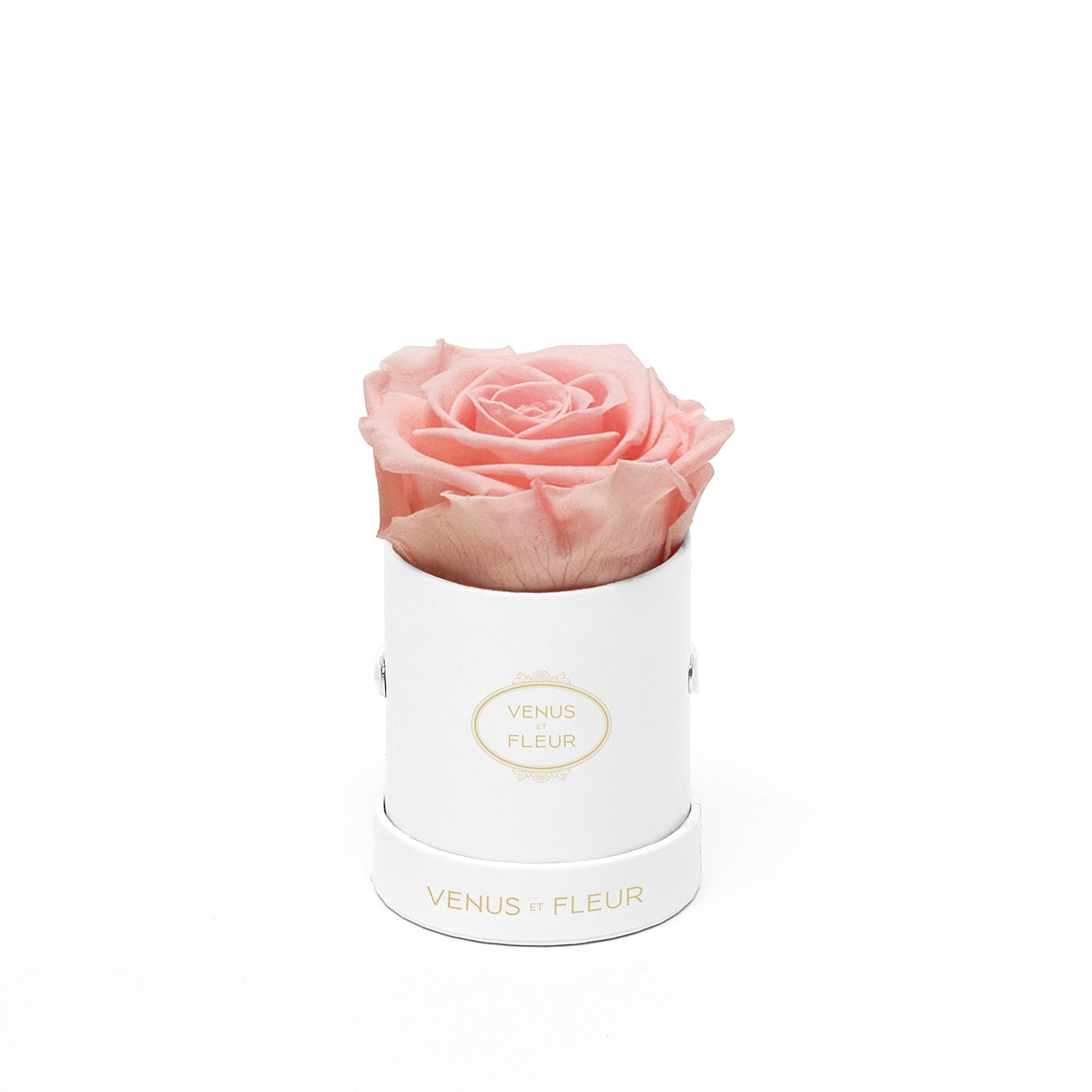

Roses make some of the most beautiful bouquets. Whether red, yellow, or mixed, they always stand out as romantic and touching. However, once flowers are cut from their plants, they have a very limited lifespan. To extend this lifespan, you must follow these important steps that enhance the look, strength, and longevity of your bouquet.
Receiving a bouquet of roses is exciting, but before putting them on display, you need to follow a few important steps to keep them beautiful.
Baby’s Breath flowers are wispy and whimsical. A refreshing sight, Baby’s Breath is often displayed at weddings. It can be fashioned into flower crowns for bridesmaids and flower girls. Brides find that Baby’s Breath provides a beautiful accent when worn in their hair.
These ethereal looking flowers make a beautiful addition to bouquets and centerpieces and are often added as filler. While they add beauty to the bouquet, Baby’s Breath flowers need additional care.
To ensure your Baby’s Breath bouquet flowers last a long time, follow the same initial care steps you do for the roses:
Here are some pro tips on taking care of your Baby’s Breath:
These tricks can extend the life of your rose bouquet and keep them looking fantastic.
If well cared for, a rose bouquet can last for seven days or more. The amount of time roses live after being cut is referred to as the vase life. Increasing vase life requires ensuring your flowers stay well hydrated. For this reason, avoiding direct sunlight and storing in a cool area extends vase life. In addition, it is also important not to leave a bouquet in a hot car. Just a few hours trapped in the heat can suck the water out of your roses and leave them wilted.
Roses are beautiful, romantic, and costly, so it is no wonder people want to make them last. To extend vase life, follow these important practices:
The vase should be washed before submerging the cut stems in water. Also, clean the vase every time you change the water. Be sure to wipe the inside of the vase. This removes residue that promotes bacteria formation.
By keeping an eye on the water, you can extend vase life. If it begins to change colors, make the change immediately. Otherwise, change the water every two or three days. Avoid the temptation to top off the water.
Petals and greenery serve as bacteria factories when submerged in the water. Be sure the vase size is sufficient to keep them above the water while providing the right height for the blooms.
Many flower foods contain sugar. This is an important additive because flowers need sugar to blossom and remain healthy. However, bacteria also utilize sugar to grow, and bacteria is the surest killer of your rose bouquet. To prevent bacteria from feasting on the sugar, use bleach to disinfect the vase and add lemon juice as an acidifier.
Once a flower is cut away from its plant, it loses its natural food source. Without a replacement, the flowers last only a short time and quickly become wilted and unattractive. When you purchase flowers from a florist, a plant food packet may be included. Using this packet will extend the life of your rose bouquet to seven days or more while also keeping them looking healthy, strong, and beautiful.
Flowers need three ingredients to survive and thrive: carbohydrates, biocides, and acidifiers. Flowers use carbohydrates for cell metabolism, biocides to fend off bacteria, and acidifiers to lower the pH balance of the water, which increases water absorption.
It is also possible to make flower food using common household substances. The key is using ingredients that provide flowers with the carbohydrates, biocides, and acidifiers that need to thrive. Here is one example of a flower food recipe:
1 Teaspoon Sugar
Sugar is necessary for flowers to grow and survive. This is their energy source, and without this energy, they wilt and fade.
1 Teaspoon Household Bleach
Sugar helps both plants and bacteria grow. To keep bacteria under control, add bleach to the preservative recipe. The disinfectant will kill bacteria, so your roses can last.
2 Teaspoons Lemon or Lime Juice
Lemon or lime juice naturally lowers the pH balance of the water. With a low pH balance, your roses will stay hydrated and standing tall.
1 Quart Lukewarm Water
Mix the sugar, bleach, and lemon or lime juice in 1 quart of lukewarm water, and you have the perfect flower food.
If you’re interested in making a longer-lasting flower purchase, consider our Small Square arrangement.
Flowers survive because of the tender loving care of their owners. To thrive, a bouquet of roses needs clean, low pH balance water, plant food preservatives, and bacteria-fighting biocides. With these elements in place, the roses can thrive and last for a week or longer. Keeping the vase clean and regularly changing the water is also very important. With the proper maintenance, roses can adorn your home and serve as an expression of love and vitality.
Are you wondering about our COVID precautions? Visit our FAQ page.
External sources:
https://www.hunker.com/12493151/how-often-should-you-change-the-water-for-flowers
https://www.southernliving.com/home/pennies-flowers
https://homeguides.sfgate.com/sugar-cut-flowers-live-longer-61707.html